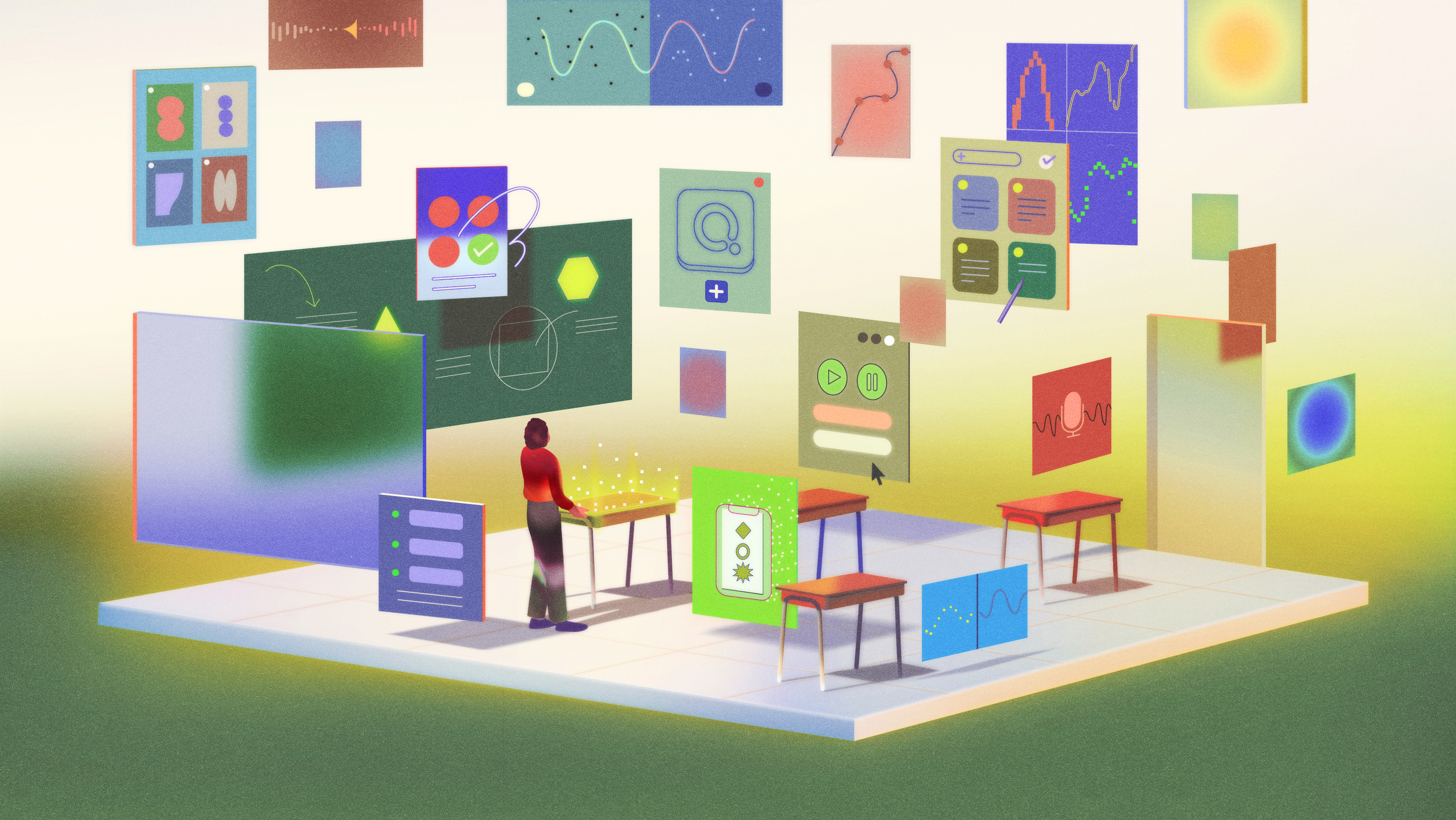Future-Proofing Education: 10 Innovative Edtech Applications Transforming Classrooms in 2025

The landscape of education is undergoing a seismic shift, driven by the relentless advancement of technology. As we look ahead to 2025, edtech isn't just a supplementary tool; it's becoming an integral part of how we learn and teach. We spoke with leading educators across the globe to uncover the most ingenious and impactful ways they're leveraging edtech to address challenges, enhance student engagement, and reclaim valuable time. Here's a glimpse into the future of learning, showcasing 10 brilliant edtech applications poised to revolutionize classrooms.
1. Personalized Learning Pathways Powered by AI
Forget the one-size-fits-all approach. AI-driven platforms are now capable of analyzing student performance in real-time, identifying knowledge gaps, and creating customized learning pathways. This ensures each student receives the support and challenges they need to thrive, maximizing their individual potential. Think adaptive quizzes, tailored reading lists, and dynamically adjusted lesson plans.
2. Immersive Learning with VR/AR
Virtual and Augmented Reality are no longer futuristic fantasies; they’re powerful tools for experiential learning. Students can dissect a frog without the formaldehyde, explore ancient Rome without leaving the classroom, or practice complex surgical procedures in a safe, simulated environment. The possibilities are limitless, making learning more engaging and memorable.
3. Gamified Learning Experiences
Tapping into the power of play, gamification transforms mundane lessons into exciting challenges. Leaderboards, badges, and rewards motivate students to actively participate and master new skills. Educational games are becoming increasingly sophisticated, incorporating adaptive difficulty levels and personalized feedback.
4. Blockchain for Secure Credentials & Transcript Management
Blockchain technology is revolutionizing how we verify and manage educational credentials. Secure, tamper-proof digital transcripts and certifications streamline the application process for higher education and employment, eliminating fraud and ensuring authenticity.
5. AI-Powered Tutoring and Support
AI tutors are available 24/7 to provide personalized support and answer student questions. These virtual assistants can offer instant feedback, explain complex concepts, and guide students through challenging assignments, freeing up teachers to focus on more individualized instruction.
6. Collaborative Learning Platforms with Real-Time Feedback
Modern classrooms demand collaboration. Cloud-based platforms facilitate seamless teamwork, allowing students to work together on projects, share ideas, and provide each other with real-time feedback. These tools promote communication, critical thinking, and problem-solving skills.
7. Automated Assessment and Grading
Teachers are often overwhelmed by grading. AI-powered tools automate the assessment process for certain types of assignments, providing instant feedback to students and freeing up teachers' time for lesson planning and student interaction.
8. Data Analytics for Proactive Intervention
Learning analytics dashboards provide educators with valuable insights into student performance trends. This data allows teachers to identify struggling students early on and intervene proactively, preventing them from falling behind.
9. Accessible Learning Technologies for All
Edtech is playing a crucial role in creating more inclusive learning environments. Assistive technologies, such as text-to-speech software and adaptive keyboards, empower students with disabilities to participate fully in the learning process.
10. Smart Classrooms with IoT Integration
The Internet of Things (IoT) is transforming classrooms into smart, connected learning spaces. Smartboards, interactive displays, and automated lighting systems create a more engaging and efficient learning environment.



:max_bytes(150000):strip_icc()/GettyImages-1162572891-e54318a376044b30b61cef216f8002ca.jpg)

